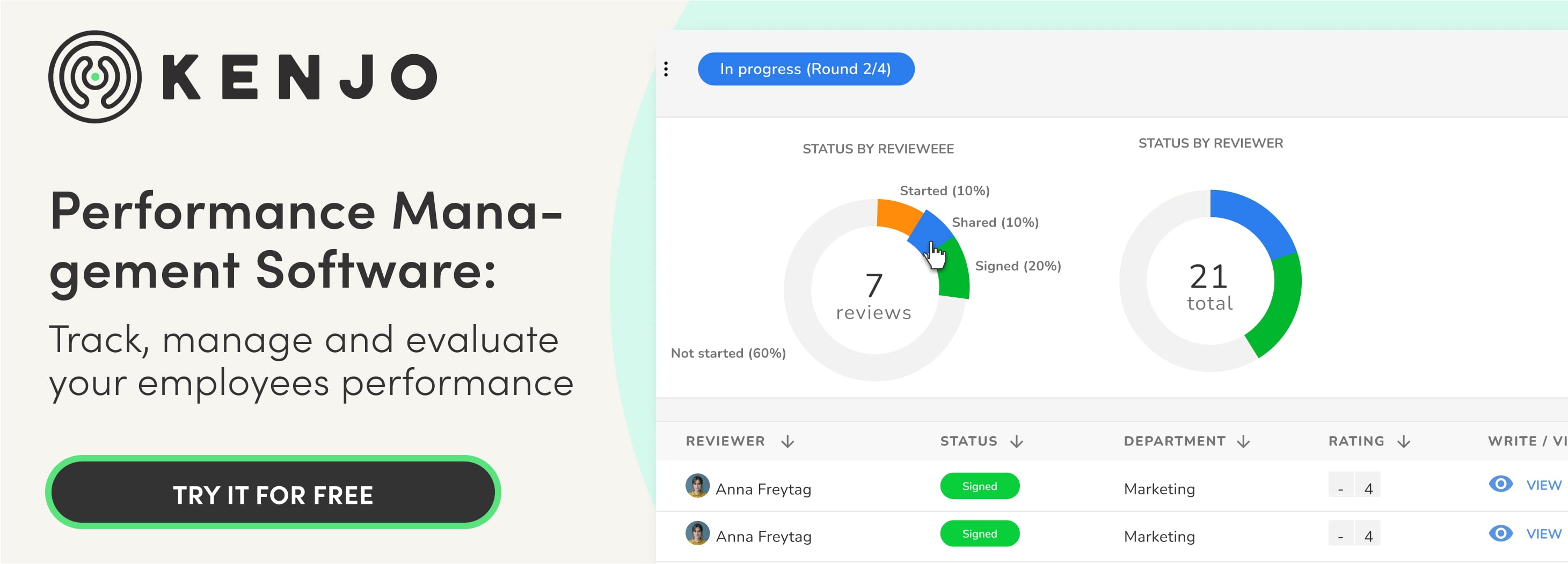When we use the term talent mapping, we are talking about a route map that signposts a company’s business development policy and positioning from a people perspective.
The talent map has grown into a key strategic tool that enables companies and their employees to grow on the same path, increasing efficiency by examining workers’ skills and potential.
In the next few sections, we will explain in more detail what a talent map is and how we can get the most out of it.
What is a talent mapping?
A talent map is a snapshot of our workers that allows us to pinpoint their current situation in terms of performance and potential. From here, the company can make more efficient decisions on employee promotions or relocations within the company.
Although it sounds like a new tool, talent maps actually emerged in the 1970s in companies like General Electrics and Mckinsey, with positive results.
The benefits of using talent mapping
Talent maps have certain features that explain their popularity in organisations. Two of the main ones are their flexibility, as they can be adapted to any type of company, and their visual format, which gives an at-a-glance understanding of the talent situation.
There are also a number of other related benefits:
- More efficient candidate recruitment: during the recruitment process, it will be much simpler to identify new positions that the company needs to fill and gauge whether any current employees may be able to perform these tasks.
- Develop appealing career plans: by clarifying employees’ potential, we also make their opportunities for growth more evident, which can be communicated to help increase their motivation in the company and retain talent.
- Support the business strategy: making the organisation aware of their talent and any gaps that may exist, aids better resource management, focused on fulfilling the established business goals.

How to make a talent map for your business
As we explained before, the objective of this tool is to place the members of a team, department, or even the whole company, in a certain talent level, with the aim of optimising their development and that of the company.
Each talent map will be as unique as the company that designs it, and this flexibility allows us to adapt it to any situation. Therefore, to implement talent mapping, we need to bear in mind the following factors:
1. Think about the company’s future challenges
When configuring a talent map, it is helpful to think about what challenges the company will face in the future and how the talent map will help us address them.
For example, if we are moving into a new market or launching a product, we will base the structure on the roles that will be required and the talent we will need to hire.
2. Select the roles that will appear on the talent map
We need to analyse the business areas to focus on and where it is useful to delineate available talent, according to the company objectives. In this sense, the map can be as specific or broad as the project requires, with the aim of identifying opportunities and gaps.
3. Focus on existing talent and additional needs
As we mentioned above, a good talent map will save us time in the recruitment process and will provide more visibility of our staff’s current potential to optimise resources. Moreover, we will be motivating employees by letting them know there is a career plan in mind for them, demonstrating that there is capacity for growth within the company.
Performance reviews are a very important source of information to find out if a person fulfils the necessary requirements to carry out a job role and whether they can fit in with the team.
4. Define the evaluation criteria: talent matrix
In order to ascertain where each employee and role stands in terms of development, we will need to evaluate a range of capabilities. This evaluation must consider both soft skills such as independence, teamworking, honesty, and time management, as well as hard skills – those that can be developed, such as new languages, software expertise and programming.
To find the ideal candidate we cannot limit ourselves to current resource requirements; we must explore the capabilities that will be needed to progress within the company.
We can use a talent matrix to compile this information in a clear, visual format which will help us identify what stage of development each employee is at and how we can improve their situation.
5. Increase accuracy by obtaining references
Subjective viewpoints are also important when generating a talent map, and it can be very interesting to get the opinions of those who work side by side with an employee.
Supervisors, department colleagues, or even HR staff that have witnessed their career path to date, can all tell us about the potential they believe an employee has within their team and therefore their capacity for development.
In addition, because we sometimes need to compare various roles, this will give us more accurate, qualitative information to design the best talent map possible.
Tools to improve your talent map
The flexibility of talent maps gives us the chance to combine it with other tools to offer a broader view of our employees’ potential and go into more depth.
1. Talent gap diagram
When we cross reference the data on an employee’s skills and expertise with the tasks and responsibilities associated with the position and the role they have performed previously, any gaps will become evident.
Based on these results we can implement various solutions such as training programs or assigning a mentor from within the company.
2. Surveys
Often, an employee’s skills and expertise are not enough to make them the most suitable candidate for a new position. We need to assess how they will fit in with the team and the dynamics this could trigger.
Using custom software for staff satisfaction surveys enables us to understand the work environment better, so that employees feel listened to and protected. It is beneficial to make these surveys anonymous, so we can find out, for example, their own recommendations for other roles.
3. Implement regular performance reviews
There are many different types of performance reviews: they can be with a line manager, the worker themselves as a self-assessment or even group reviews with the whole team.
In order to keep the talent map up to date, it is interesting to establish a regular timeline (weekly, monthly, quarterly, annually) for private meetings between the employee and supervisor. In this way, alongside more informal chats, we can get a clearer view of progress.
These evaluations will also give us information about valuable performance indicators, such as workforce productivity, the quality or efficacy of their work, among others.


